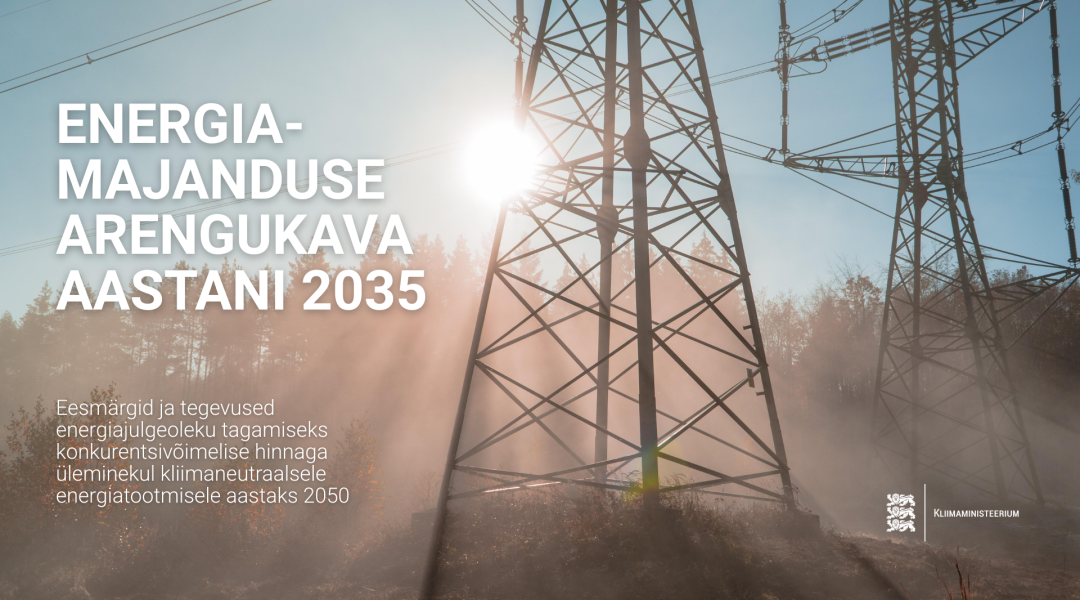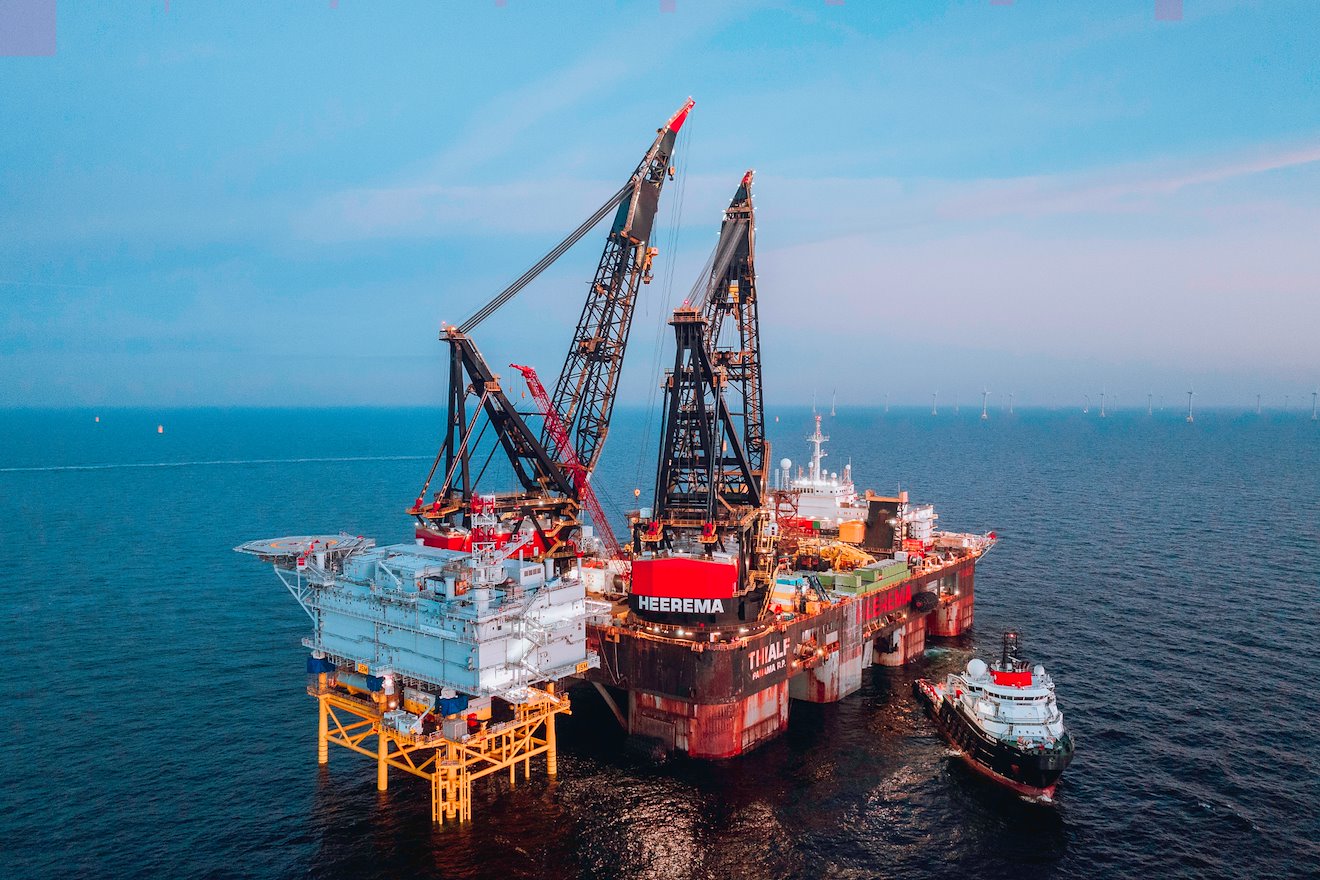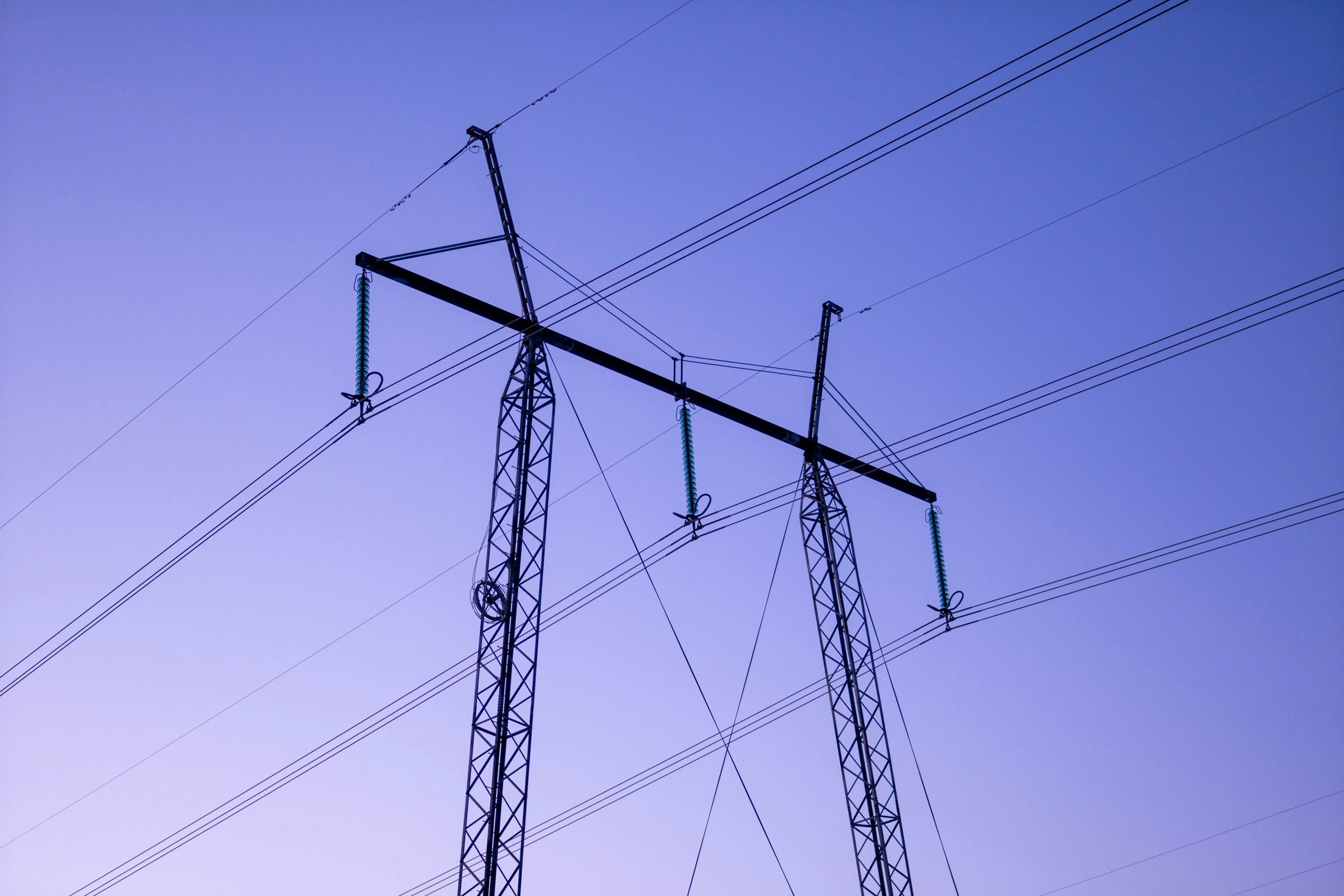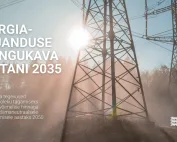Last month France published the results of its 250 MW floating offshore wind auction off South Brittany (AO5). The winning bid was awarded at €86/MWh – a record-low for floating offshore wind. But Governments must not think this is a new benchmark for floating wind development in Europe.
On 15 May France published the results of Europe’s first commercial scale floating offshore wind auction to date. The auction was competitive. 10 consortia prequalified and 6 ultimately submitted bids. The winning bid was awarded at €86/MWh – well below the €140/MWh ceiling price.
Floating wind is a relatively young industry. The technical and commercial risks are still pretty high. As of today Europe has 208 MW of floating wind in operation, spread mostly across 4 small wind farms. It is too early to tell what the price range for large scale floating wind is going to be in Europe.
The specifics of the French tender
Prices for floating wind are going to vary greatly across Europe – between countries but also from site to site. This French tender was unique in many ways.
First, project developers didn’t have to pay for the grid connection, neither for the export cables nor for the offshore substation. The French Transmission System Operator RTE will build and operate the grid connection and cover the costs. Second, the site conditions were extremely good with strong wind speeds and favourable water depths. Third, the Contract for Difference (CfD) offered is robustly indexed to inflation, taking into account different raw material prices. The actual price that’s paid when wind farm is built will be higher than €86/MWh.
“We congratulate the winners. But Governments around Europe must not be mistaken, this auction was unique: the €86/MWh winning price is not the new benchmark for floating wind in Europe”.
“Governments must consider the specifics of this particular auction when defining their auction budgets and ceiling prices. Don’t take the €86/MWh bid price as a benchmark. Otherwise you might find yourself in a similar situation to the UK last year. The UK’s 2023 offshore wind auction had a low ceiling price because they made the wrong assumptions about costs – and nobody bid,” says Giles Dickson.
France must change its auction design
In the South Brittany tender the price criterion made up 75% of the total assessment of the different bids. 5% was based on the robustness of the contractual and financial arrangements. The remaining 25% were determined by award criteria linked to social and territorial development as well as environmental protection and sustainability.
It’s good France is using pre-qualification and non-price award criteria. And that they’re offering extensive indexation.
But the non-price criteria used in the South Brittany auction were not optimal:
- The French energy regulator (Commission de Regulation de l’Énergie) has said the 5% robustness criteria should be reinforced in future auctions. WindEurope agrees and urges Governments to make this “ability to deliver” a binding pre-qualification criterion, as per the EU’s Net Zero Industry Act. Bidders scoring low on this criterion should be excluded from the auction.
- The South Brittany auction encouraged bidders to build their project with as few turbines as possible. This pushed bidders to plan their projects with wind turbines of 20 MW and more – turbines that don’t exist in the current market. This increases the project risk. And the risk of bidders having to go for non-European turbine, in turn threatening Europe’s energy security and undermining France’s Offshore Sector Deal targets.
- The award criteria used in the South Brittany auction failed to ensure the necessary differentiation between bids. On the social-territorial development criteria all bidders scored the maximum, effectively increasing the weight of the price criterion in differentiating the single bids.
It is important that these changes come in as soon as possible. France is running two more floating wind tenders of 250 MW each (Med I+II). And they’ll launch three more offshore wind auctions later this year. Two of them will be bottom-fixed auctions of 1 GW and 1.5 GW (AO7, AO8). The third one will be a floating wind auction of 2.5 GW (AO9). Another auction of up to 8-10 GW of capacity (AO10) could also be prepared later this year.
The South Brittany auction opens the door for big volumes of floating offshore wind to come. Europe could have 3 GW of floating offshore wind by 2030 if the relevant auctions are completed by the end of 2025.
Source: WindEurope















